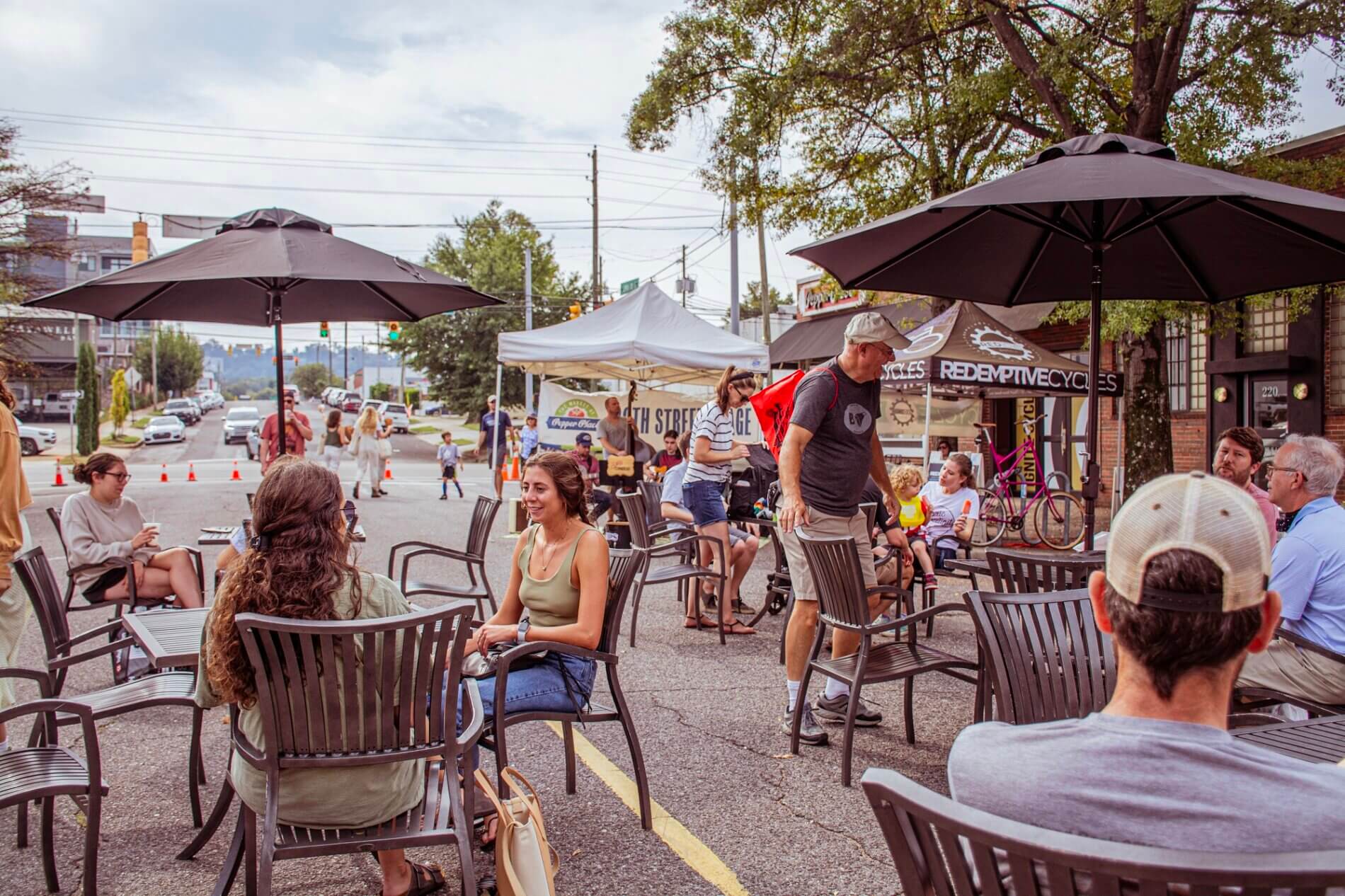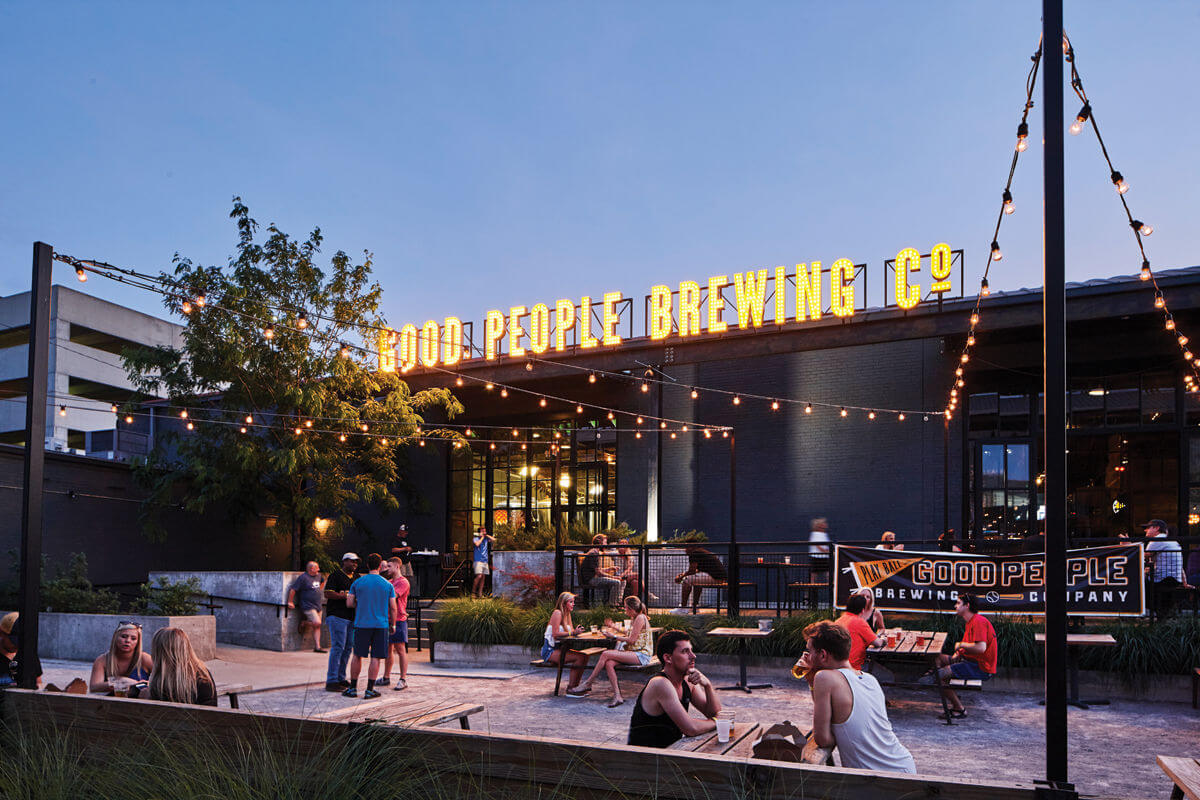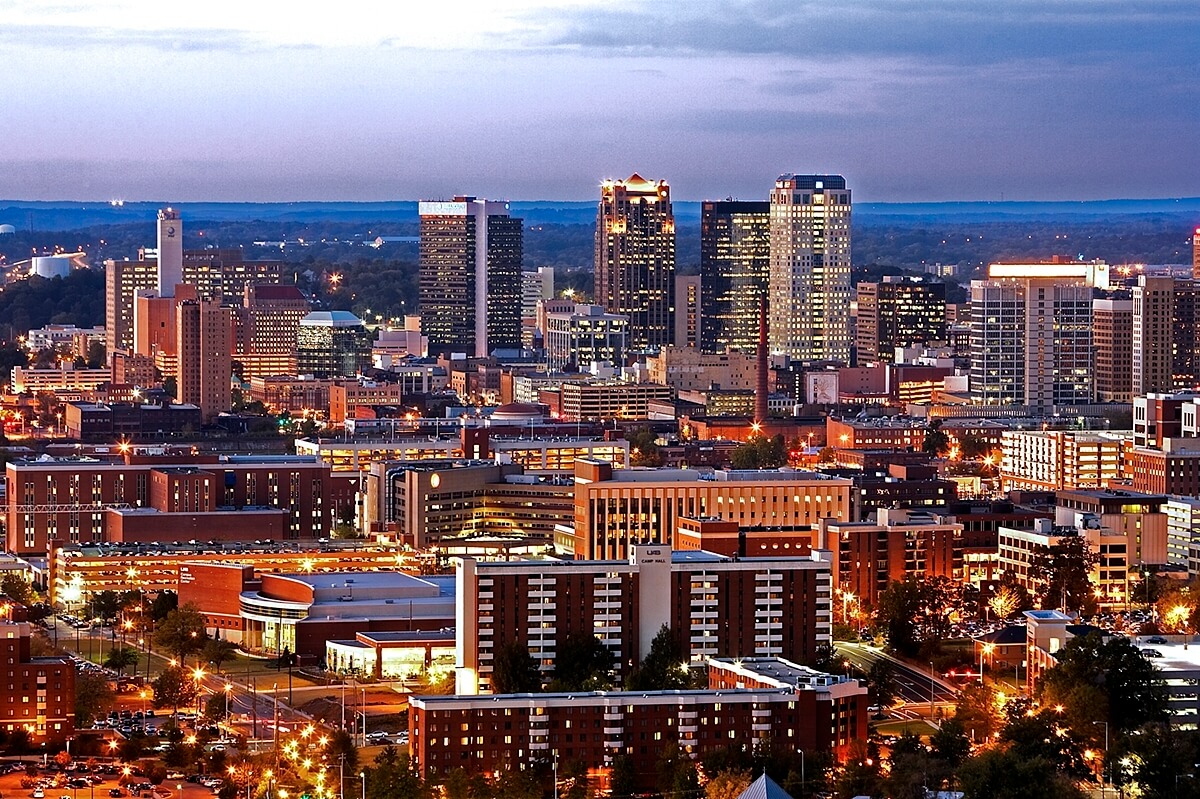The Value of Downtown report: Birmingham
February 7, 2022 · Develop, Live, Value of Downtown Report, Visit


Written by David Downey
International Downtown Association President & CEO
IDA provides tools, intelligence and strategies for creating healthy and dynamic centers that anchor the well-being of towns, cities and regions of the world.
From driving tax revenue and business activity to hosting a concentration of resources, amenities and social infrastructure, downtowns play a pivotal role in the long-term health of a region. As the literal and figurative heart of their cities, downtowns represent and welcome residents, employees and visitors from all walks of life. Downtowns provide access to all to opportunity, essential services, culture, recreation, entertainment and civic activities.
The International Downtown Association, IDA for short, empowers place management leaders like REV Birmingham with knowledge, research and public policies for strengthening downtowns. Data is essential in this line of work: We must deeply understand a place to make actionable plans to improve it.
That’s why we have worked with 44 downtowns — a number that increases each year — on their Value of Downtown reports. The Value of U.S. Downtowns and Center Cities research articulates the inherent value a downtown provides to the greater city, highlighting a district’s contributions based upon 100+ key data points in the principles of economy, inclusion, vibrancy, identity and resilience. Our 2020 data showed that study downtowns outpaced their cities in residential growth between 2000 and 2018, growing an average of 40% against the citywide average of 15%. Throughout our study, we find downtowns often comprise just 3% of the city land mass on average and contribute 20% or more of the overall tax base for the city.
IDA worked with REV in partnership with downtown property owners organized as the Downtown BHM Business Improvement District (BID) and CAP to publish the Birmingham edition. The report is a detailed baseline from which Birmingham organizations, companies and leaders can track progress over time.
The Vitality Index
So where does Birmingham stand in relation to other downtowns? That’s where the Vitality Index comes in. The index, which updates as new data becomes available, builds upon IDA’s research in the Value of Downtown report and measures vitality through economy, inclusion and vibrancy scores.
This view is one of my favorite ways to look at the health of downtowns. Some cities may score high in one area but low in another (you may notice that inclusion is the lowest of the three scores for many cities above) — but there is always work to be done in every category. When the three scores are closer to each other, it’s more likely for a city to improve continue improving in all three categories simultaneously. We get very excited for the future of cities with this patter as they may be the most well-rounded communities to keep an eye on in the years ahead.
Download the Value of Downtown Birmingham report and check out REV’s key takeaways to see what Birmingham is doing well and what still needs work. I’m thankful to include REV among our 44 downtowns and appreciate that while this report is a key baseline for understanding where Birmingham exists today, its strength is to serve as a guide for decision-making for the future. Thanks to the top-notch IDA research team, led by Cathy Lin AICP, Birmingham can make big plans with confidence.
Read More

Family-friendly bites in downtown Birmingham: Where to eat, play and relax
Finding fun, kid-friendly places to eat isn’t always easy — but downtown Birmingham makes it a whole lot more delicious. Whether it’s a weekend outing, school break or just a day when everyone needs to get out of the house, downtown is packed with spots that make dining out with little ones enjoyable (yes, actually enjoyable).

The vanishing authenticity of Birmingham
Much of the “Birmingham character” that we appreciate and promote today is thanks to the many beautiful historic buildings and homes that still stand. Our concentration of historic structures is unique, and it’s an asset for our entire region’s economic development and growth, as that authenticity attracts people seeking sense of place and quality of life. But how do we ensure that the authenticity doesn’t begin to vanish as we continue to revive these historic structures?